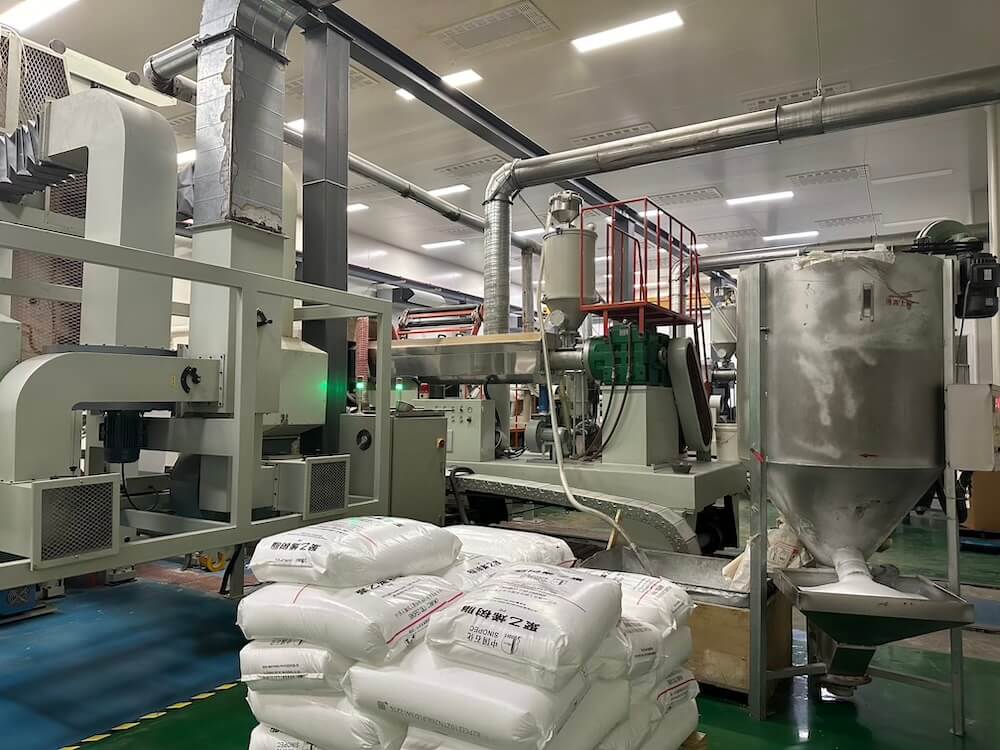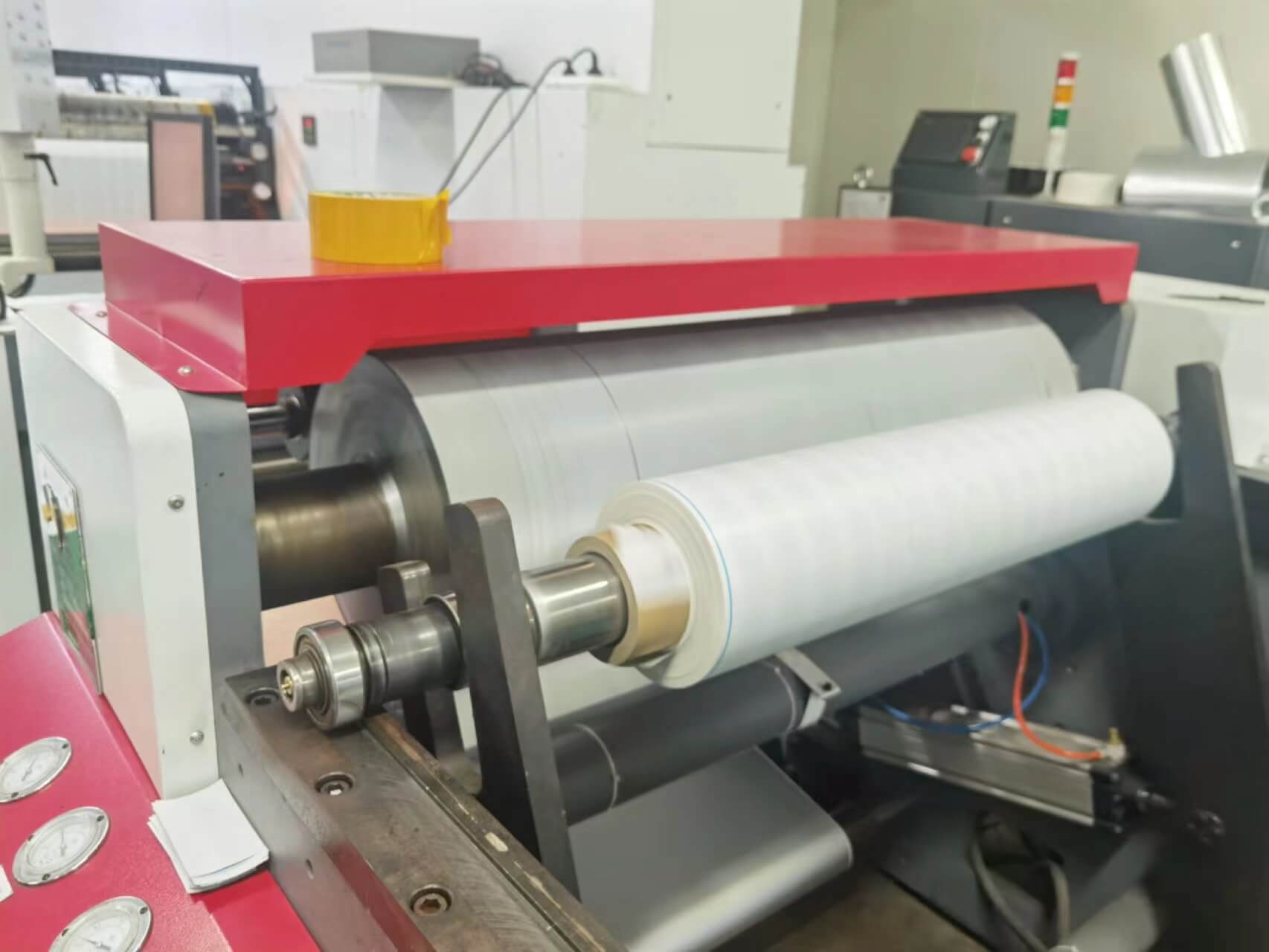Laminating paper is a common practice in schools, offices, and packaging industries, offering durability, water resistance, and a polished look. However, as sustainability and health concerns rise, questions about the safety of laminating paper are coming to the forefront. Could the materials or processes involved in lamination pose risks to human health? In this blog, we’ll take a closer look at the potential health concerns linked to laminated paper, the chemicals involved, and how to mitigate risks while still enjoying the benefits of lamination.
What Happens When Paper Is Laminated?
Lamination is the process of bonding a thin layer of plastic film—usually polyethylene (PE), polypropylene (PP), or polyester (PET)—to paper using heat, pressure, or adhesives. This creates a durable, water-resistant, and often shiny surface. While lamination protects paper from damage and extends its lifespan, it also introduces synthetic materials and chemicals into the product.
The safety concerns surrounding laminated paper primarily stem from three areas: exposure to harmful chemicals, risks during the production process, and environmental repercussions that indirectly affect human health.
Are the Chemicals in Laminated Paper Harmful?

The key to understanding health risks lies in the chemicals used during lamination. Here are some of the potential culprits:
- Adhesives and Glues
Laminating paper typically requires the use of adhesives to bond the plastic layer to the paper. Some adhesives contain volatile organic compounds (VOCs), which can off-gas into the air. Prolonged exposure to VOCs has been linked to respiratory irritation, headaches, dizziness, and, in severe cases, chronic health issues like liver or kidney damage. - Plasticizers
To make the plastic films flexible, manufacturers often add plasticizers like phthalates. Certain phthalates are considered endocrine disruptors, meaning they can interfere with hormone systems and potentially lead to reproductive or developmental problems. - Heat and Toxic Fumes
During the lamination process, heat is applied to melt the plastic or activate the adhesive. If the process is not carefully controlled, it can release toxic fumes, including formaldehyde or dioxins, which are harmful to inhale and have been classified as carcinogens. - Bisphenol A (BPA)
While not present in all laminates, some types of plastic film contain BPA, a chemical known to leach into food or skin upon prolonged contact. BPA has been associated with hormonal imbalances, developmental delays, and even certain cancers.
Key Takeaway: Is Laminating Paper Dangerous to Your Health?
Laminating paper is generally safe for everyday use, but exposure to certain chemicals like VOCs, phthalates, and BPA during production or prolonged handling can pose health risks. Understanding the materials used and opting for safer alternatives can minimize these risks.
Health Risks During Lamination Production
While the laminated product itself is usually safe for consumers when used appropriately, the health risks for workers in lamination production facilities are a different story. Workers may be exposed to:
- Toxic Fumes: Without proper ventilation, fumes from melting plastics and adhesives can accumulate in the air, leading to respiratory issues over time.
- Skin Contact with Chemicals: Adhesives and solvents used in lamination can irritate the skin or even cause chemical burns if handled improperly.
- Heat Exposure: The high temperatures used in lamination processes can also pose risks if not managed carefully.
For workplaces, investing in adequate safety protocols, protective equipment, and proper ventilation systems can go a long way in reducing these risks.
How Laminated Paper Affects the Environment—and Indirectly Human Health
While the direct health risks of laminated paper might be minimal for end users, its environmental impact creates a broader concern. Laminated paper is difficult to recycle due to its mixed-material composition, meaning most of it ends up in landfills or incinerators. Here’s why this matters for human health:
- Landfill Leachate
When laminated paper ends up in landfills, the plastic components can break down into microplastics or release harmful chemicals into the soil and water. These pollutants can eventually make their way into the food chain, affecting human health over time. - Incineration Emissions
Burning laminated paper releases carbon dioxide, dioxins, and other harmful chemicals into the atmosphere. Dioxins, in particular, are highly toxic and can accumulate in human and animal tissues, leading to long-term health risks. - Microplastics
Over time, laminated paper that degrades in the environment contributes to the growing issue of microplastic pollution. These tiny plastic particles have been found in drinking water, seafood, and even human blood, raising concerns about their long-term effects on health.

How to Minimize Health Risks from Laminated Paper
For those who use laminated paper regularly—whether in schools, offices, or packaging—there are steps you can take to reduce potential health risks:
- Choose Eco-Friendly Lamination Materials
Some manufacturers now offer bio-based laminates made from plant-based polymers, which are free from harmful chemicals like BPA and phthalates. Look for certifications like FSC (Forest Stewardship Council) or Green Seal to ensure the product is sustainably sourced and safer for human health. - Ventilate Workspaces
If you’re laminating paper in an office or classroom, ensure the space is well-ventilated to prevent the accumulation of VOCs and toxic fumes. - Use Cold Lamination Methods
Cold lamination eliminates the need for heat, reducing the risk of toxic fumes being released during the process. This method is also safer for schools and smaller-scale operations. - Limit Contact with Food
Avoid using laminated paper for direct food contact unless the materials are specifically certified as food-safe. Prolonged exposure to plasticizers or other chemicals in laminates can lead to contamination. - Encourage Recycling Alternatives
Whenever possible, opt for recyclable or compostable alternatives to laminated paper. These materials not only reduce environmental impact but also lower the potential for indirect health risks caused by pollution.
Looking to the Future
The question of whether laminating paper is bad for your health ultimately depends on the materials, processes, and exposure levels involved. While laminated paper is generally safe for everyday use, its environmental impact and potential risks during production highlight the need for more sustainable alternatives.
As the packaging and printing industries continue to innovate, bio-based laminates, compostable coatings, and advanced recycling technologies are paving the way for safer, healthier solutions. For consumers and businesses alike, being informed about these risks and actively seeking safer alternatives is the best way to reduce health concerns while still meeting functional needs.
Final Thoughts
Laminating paper has its place in the modern world, offering durability and practicality. But with growing awareness about health and sustainability, it’s clear that this practice is due for a rethink. By opting for safer materials, improving production safety, and exploring alternatives, we can enjoy the benefits of laminated paper while protecting both our health and the planet. The choice is ours—are we ready to laminate smarter?







